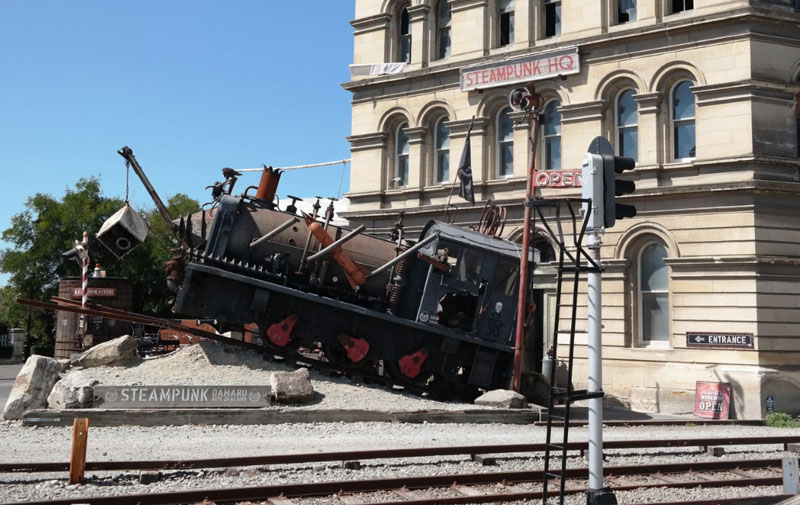We’ve heard of STEM – science, technology, engineering and maths, and how important it is in building a technologically adept society. There’s more emphasis on STEM subjects at school, and science is becoming a sexier subject to study at university.
But is it turning us into unimaginative robots? Perhaps a better driver is when there is STEAM – that is STEM with art. It’s that collaboration of the logical and rational with the creative and inspirational that produces the biggest gains. Some universities – Arts University Bournemouth for example – has just one campus so that all the various subjects live cheek by jowl, and not miles apart. So they meet, talk, and understand better how they can use one another skills to develop more interesting concepts.
Framestore came to AUB for help with the film Gravity because they didn’t simply want good programmers – they wanted good visualisers with good programming skills. It’s this blend of technical and creative that is so important. This concept of a tightly delineated campus has Renaissance connotations as well. The Italian Renaissance city states where cities were small enough to walk across bumping into other craftsmen in different disciplines, talking, asking questions, observing and building that into your own experience. Science and art meeting and merging. I am collaborating on a book to explore if there is a new Renaissance in places around the world. It seems there may be, including the Bournemouth/Poole conurbation.
STEAM is also a characteristic of entrepreneurs. They don’t care to be constrained that much by definitions of who or what they ought to be. They cast a wide net, and look at everything and anything to try and inform them and so produce ideas. I’ve talked about this before. Entrepreneurs don’t trip over something, and then hurry on. They look back and see what it is and whether they can use it in some way. They have many interests, and whilst it may seem they never turn off, it also means that they are always alive to possibilities. It also enriches your life, and turns working for a living into living your work. We have clients who live this, part, at least, facilitated by strategy planning with us. A much more rewarding life, and one that visionary people want for their teams too. That way, they engage fully with their work, bring their whole being to the work experience, take some of the load off the always rushing entrepreneur, and grow the business to boot.
These characteristics are often also shared by agile enterprises. We know the need for increased agility in a fast changing business landscape, but often this is directed into more big data and an analytical suite of solutions which provides excellent focus but poor horizon scanning or peripheral vision. “Management is”, to quote Henry Mintzberg, “above all, a practice where art, science, and craft meet.” Finding techniques that will give sufficient data to allow creativity to thrive is a skill in itself, needing a diagnostic to decode information, design better ways, and then developing people and systems to accomplish your objectives.
We have a tool that helps individuals understand and decode how they want to see their life and work, and match it to company objectives, to best benefit themselves and their company. We’ve developed this to mirror the successful methods we have been running for some time to get owner managers to understand their motivators, what they want to achieve in life, and how to get their personal and business objectives congruent and keep them there. Coupled with our diagnostics and strategy work, there’s plenty of art in the science, so that they can go full steam ahead.
